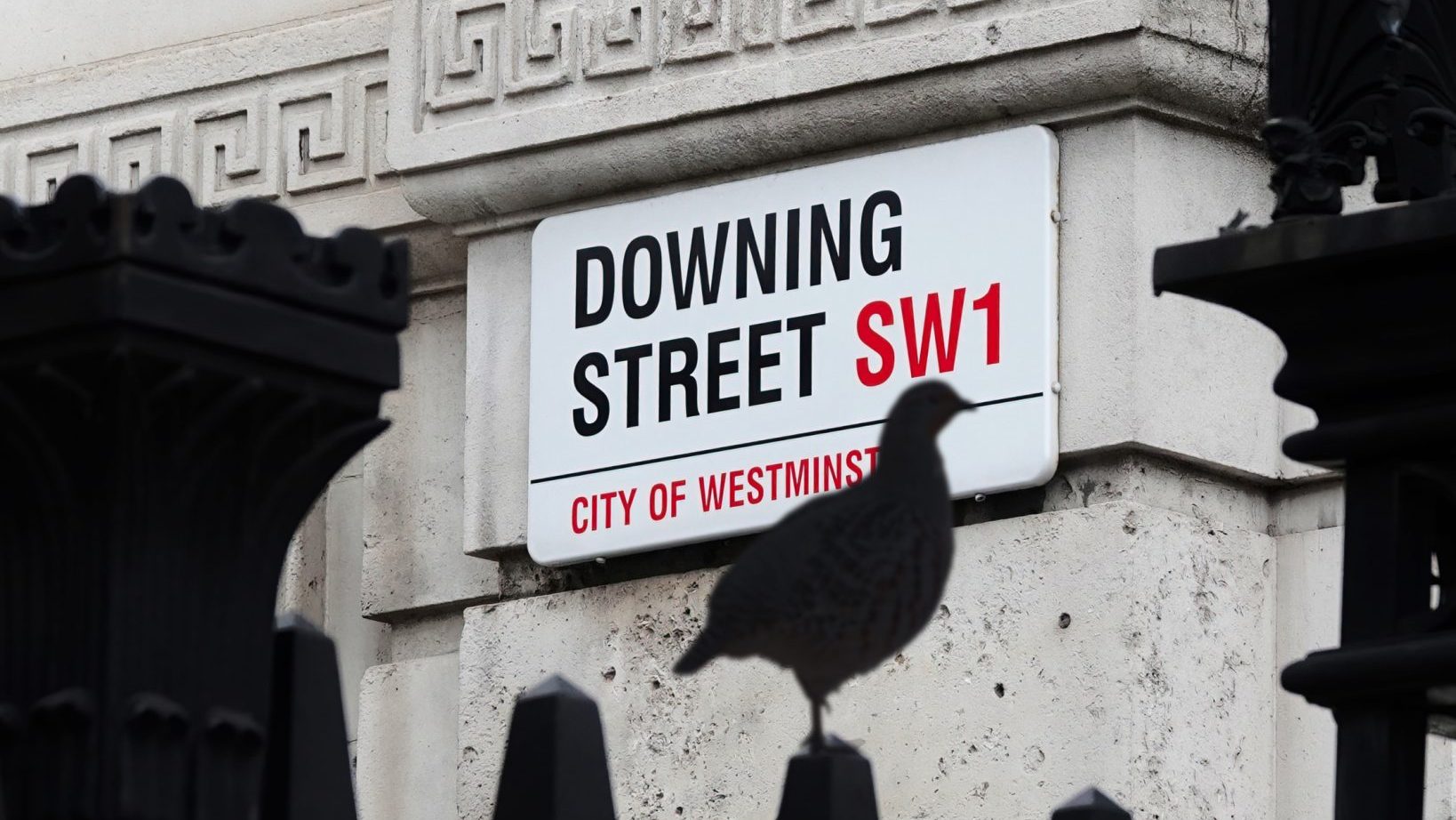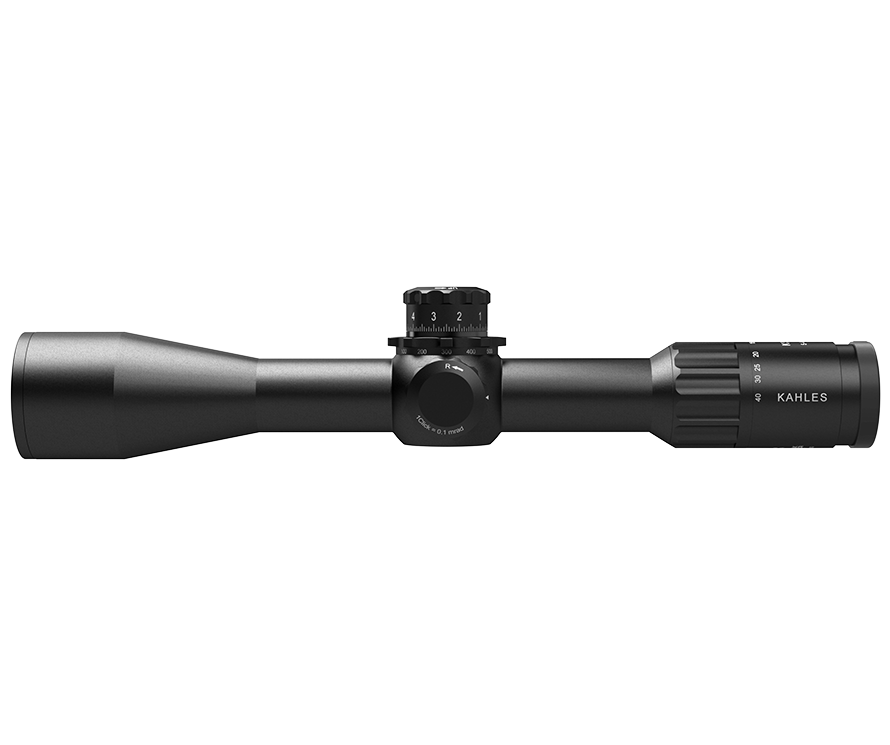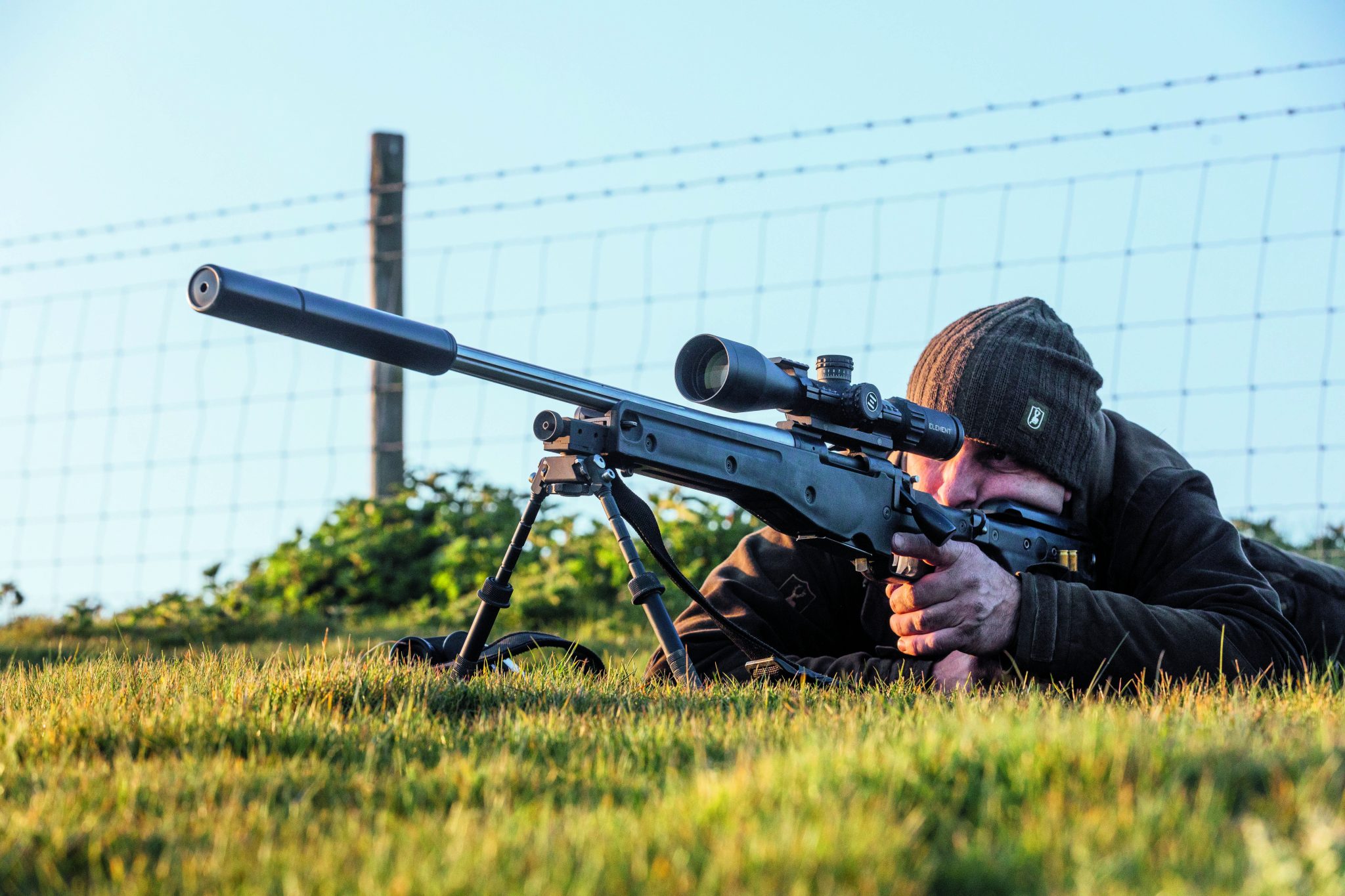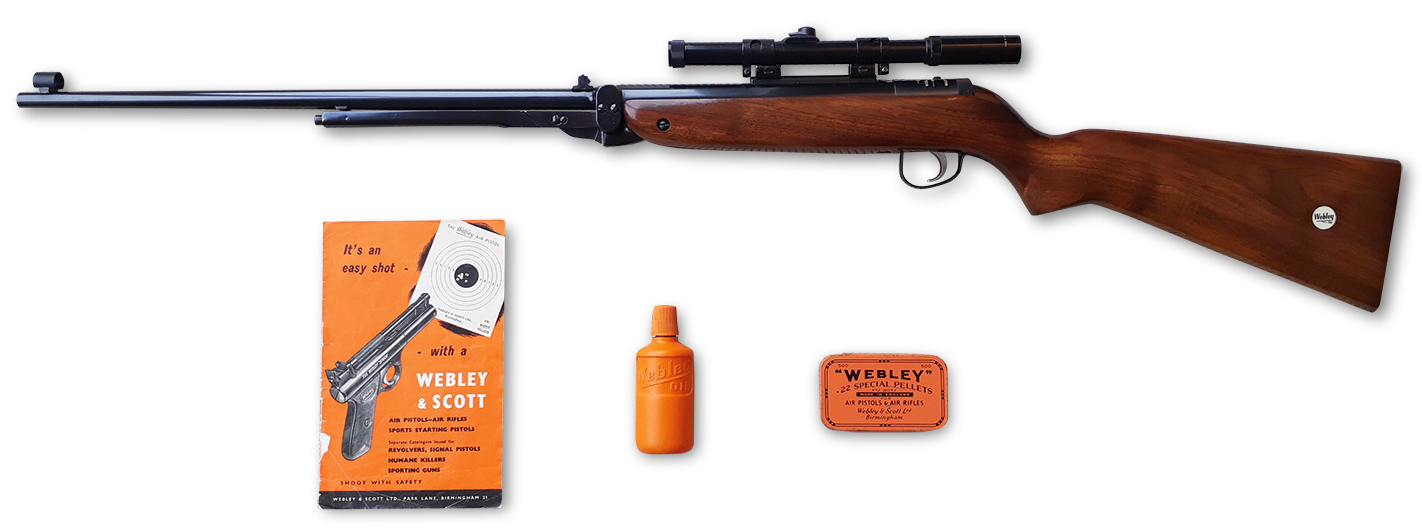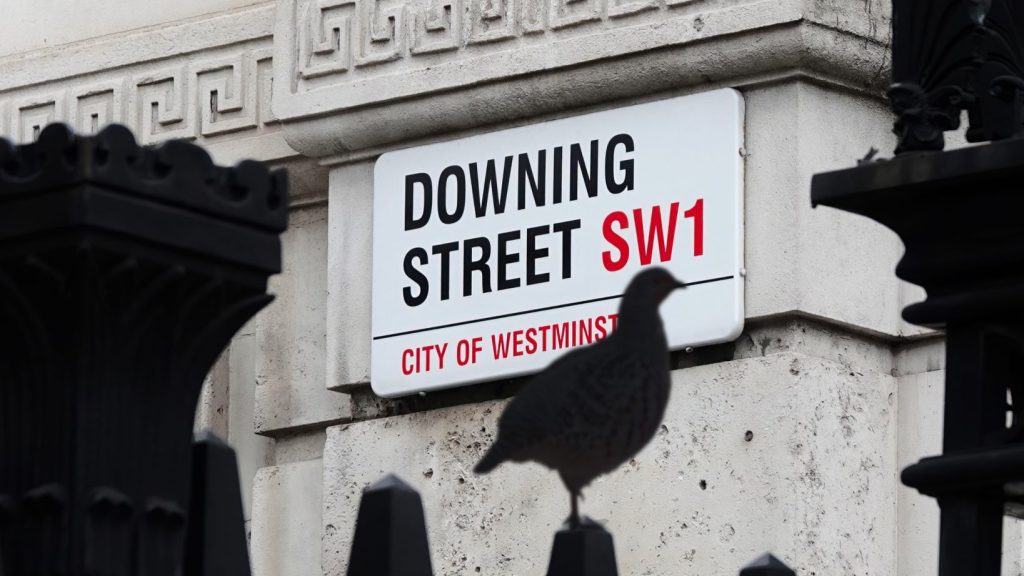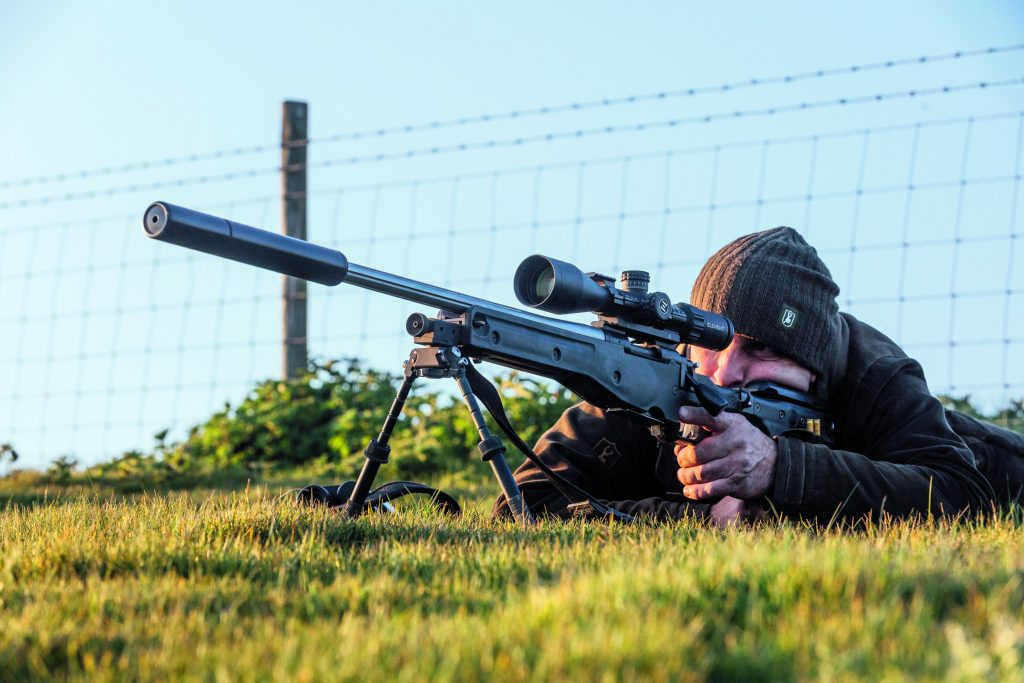News
The history of the Webley Mk3 air rifle
Would you like to speak to our readers? We offer sponsored articles and advertising to put you in front of our audience. Find out more.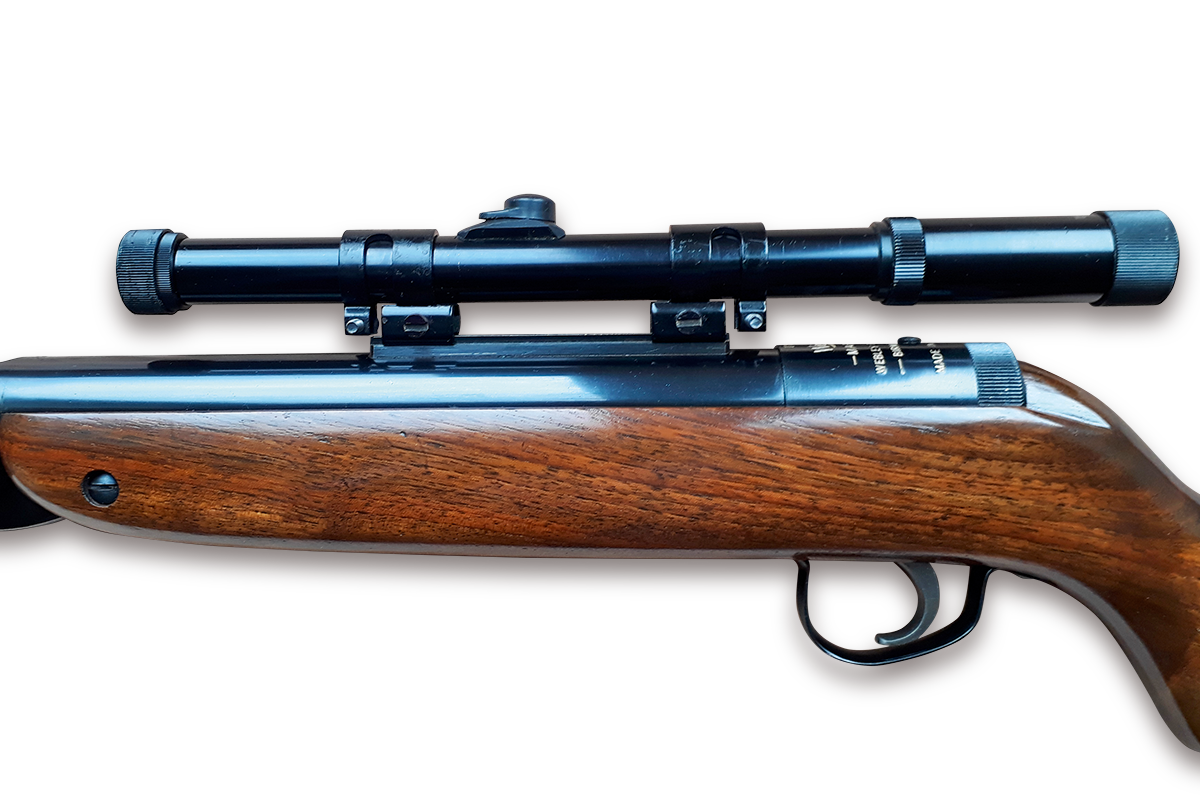
The Webley Mk3 was introduced in 1947 and was of a completely different design to the Mk2 Service which was described in my last article. In some ways it was a step backwards. The fixed-barrel, underlever, tap-loading configuration was very similar to that of pre-war BSAs, with design origins back to 1905, but with an extended stock to provide a wooden forend.
It is noteworthy that just a year later, in 1948, BSA launched its next generation fixed-barrel rifle, the Club/Airsporter with a much more elegant and efficient underlever arrangement, a self-opening loading tap and better balance. Nevertheless, the Webley Mk3 was beautifully made and had a dedicated following, with production running until 1975, albeit with various design changes along the way as we shall see later.
The advertised weight was 6lb 13oz, although in reality it was about half a pound heavier than this, and it was 43½in long with a barrel length of 18½in. The barrel was nicely tapered and the steel work was well polished and blued to a very high standard.
The Mk3 was not an in-house design, but pretty much a clone of the underlever Diana Model 45, made in Germany by Mayer & Grammelspacher from 1928.
M&G were prohibited from manufacturing firearms or air weapons after the Second World War and Webley had the opportunity to bid for plant and tooling from the M&G factory. In the event they had already tooled the Mk3, their bid was unsuccessful and Millard Brothers (Milbro) purchased the equipment which formed the basis for their own production of products from their Scottish plant.
It was also from the German tooling that Milbro produced the Junior rifle for Webley. The 1961 Webley-manufactured Falcon was a close copy of the M&G Diana Model 27. Hence Webley’s post-war air rifle products were substantially of German design!
The Mk3 initially included a sophisticated double-pull trigger, as per the Diana 45, but this proved fragile and only about 2,500 were made before it was replaced by a simplified, more robust mechanism. Webley, for reasons best known to itself, moved the loading tap lever to the right-hand side of the action for the Mk3.
Webley’s claimed accuracy was, at 40yrds, all shots in a 1¼in x 1¼in square in .177 and 1¾in x 1¾in in .22, so the same as or a fraction tighter than the Mk2. Velocity at 30ft was stated as 600ft/sec in .177 and 550ft/sec in .22. With a long transfer port limiting energy somewhat, I have found that in .22 (5.6mm Eley Wasp) up to 10 ft-lb of muzzle energy is achievable. Barrels featured precision hand-cut rifling, so with modern pellets accuracy better than that claimed may be achieved from a good example.
Unlike the Mk2, the Webley Mk3 did not come with an aperture rear sight as standard, although a Parker Hale sight was available as an extra cost option, as were factory-fitted sling swivels. Early rifles were equipped with a birch stock, and later on a walnut stock (1949 to 1975) that could be supplied with chequering at extra cost. Early stocks featured cording on the forend, but this was dispensed with on the more modern-shaped stock that was introduced
in 1957.
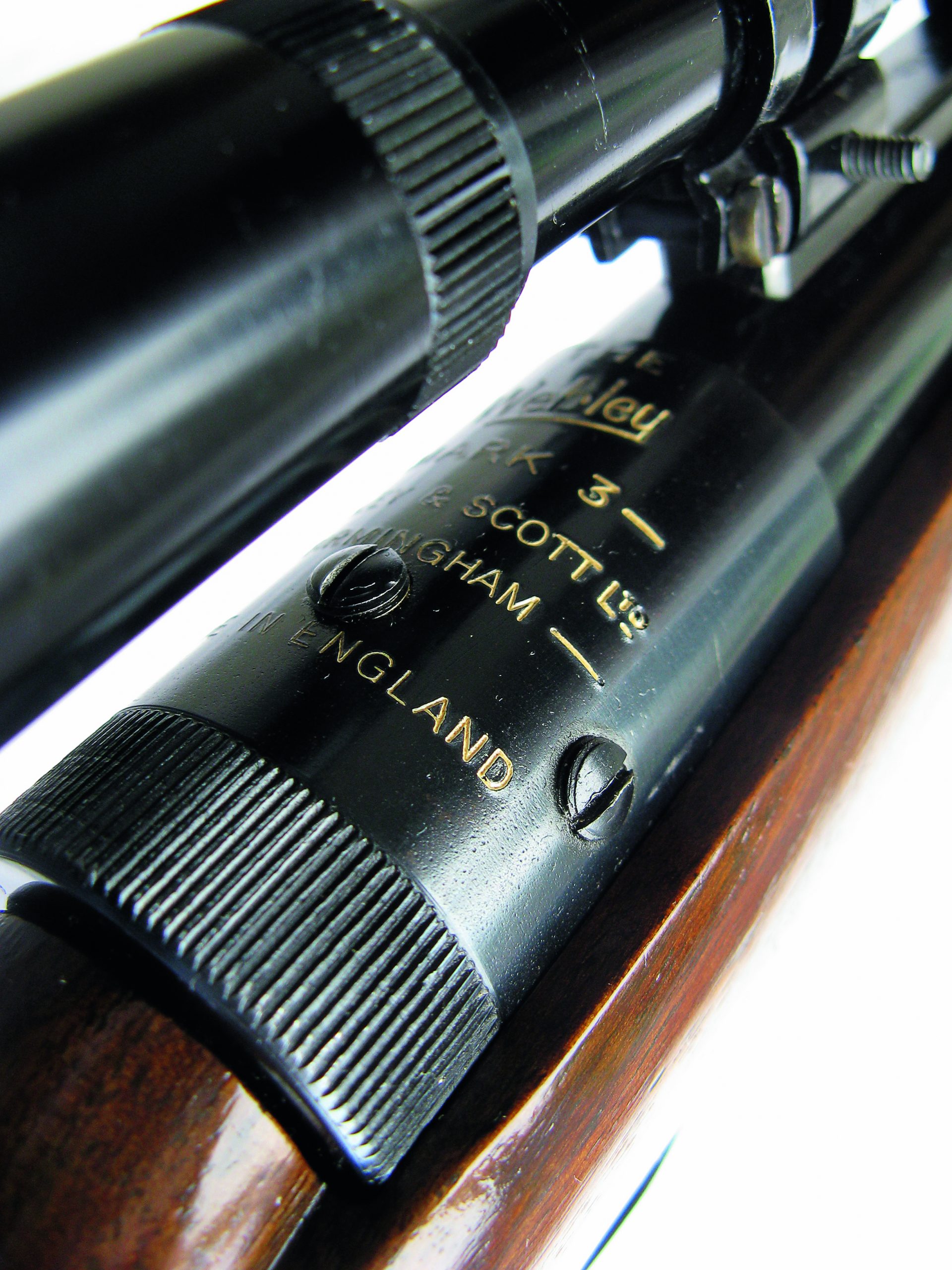
The crisp, clean lettering on the trigger block identifies the maker’s name and address along with the model
In my view, those rifles that were produced between 1957 and 61 were the best of the Mk3s. In 1961 a primitive scope rail was spot-welded to the top of the cylinder in response to the provision made on all BSA air rifles at that time. The crudely applied rail was satisfactory for fitment of the plastic (Elliot Optical/BSA) scope of that time, but could easily peel off if a more substantial scope was fitted, particularly if the mounts were over-tightened.
Various cost-reduction measures were progressively introduced over successive years and by 1967 the rifle featured a simpler, cheapened trigger guard made from a flat steel strip, plus standard off-the-shelf trigger guard and stock screws. An inferior sintered trigger and loading tap lever (a simple, rectangular form far removed from its machined-from-solid shapely predecessor) were also fitted. There were other detail changes such as a lacquered finish to the stock, button rifling of the barrel and the removal of cording from the rear of the trigger block. It is easy to be critical, but Webley needed the rifle to make a profit!
The .177 calibre Webley Mk3 was widely used for bell target shooting (a popular form of 6yrd competitive shooting still done in various pubs across the Midlands in particular, and dating back to 1905), with the Parker Hale peep sight being a popular fitment to aid accuracy.
Other 6yrd and 10-metre indoor target shooting disciplines became popular around the 1970s. Webley responded to this and the imported competition from Anschutz and other German manufacturers by introducing the Webley Supertarget with an un-tapered barrel and, initially, Parker Hale PH17B aperture rear sight plus a tunnel foresight with interchangeable elements. These were later changed to Anschutz sights, more in step with those on imported target rifles.
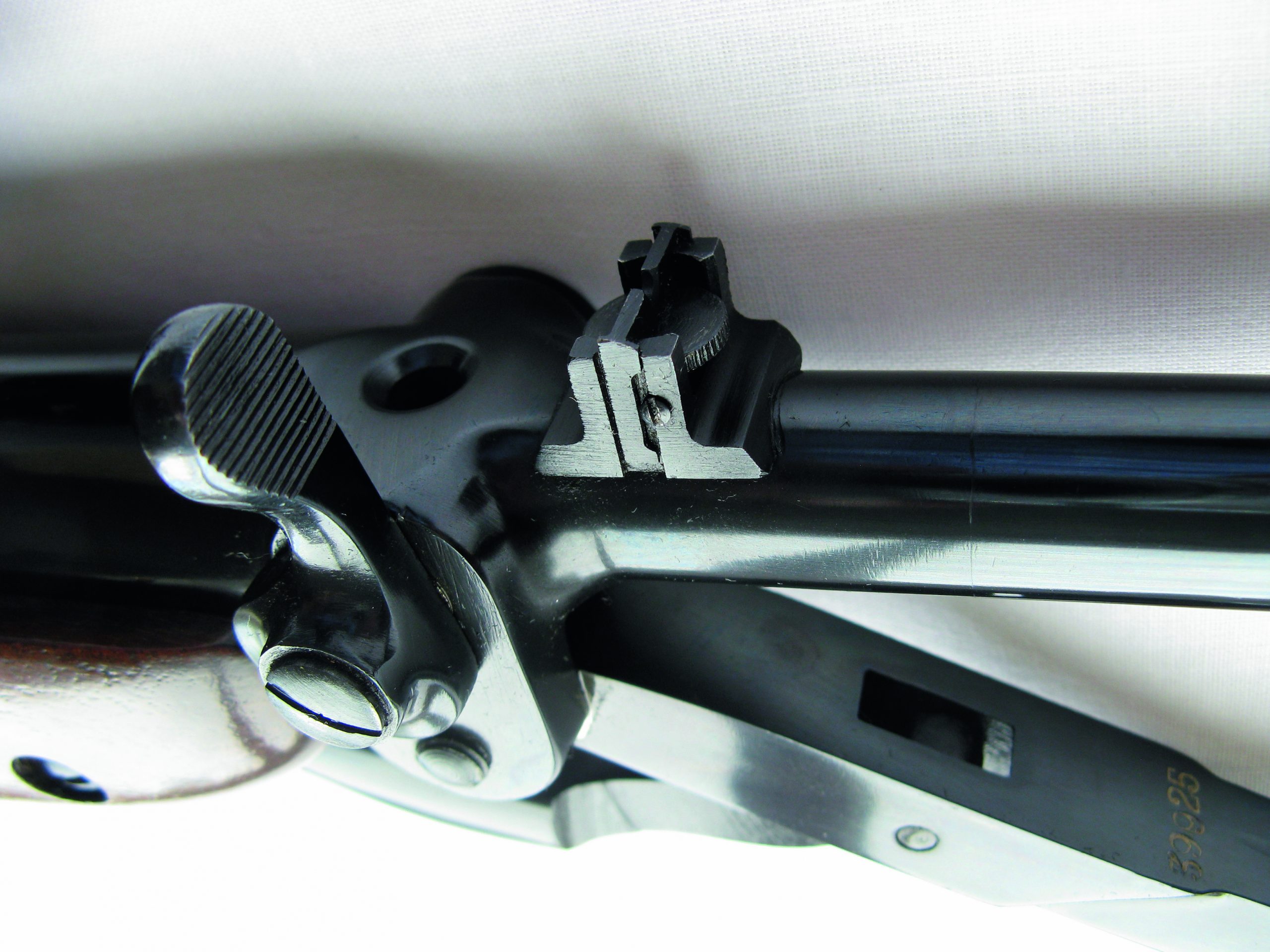
The serial number is just visible on the underlever in this photo of the rear sight and superbly machined loading tap lever
Supertarget Club rifles were heavier than the standard Mk3. Unfortunately, the Supertarget still had the standard, rather unsophisticated trigger mechanism which made it increasingly uncompetitive with imported target models.
By the mid-1970s these included models from Feinwerkbau, Original (M&G) and Weihrauch, all of which had excellent triggers, and in some cases were recoilless.
The Mk3 in both guises ceased production in 1975 to be replaced by the cheaper-to-produce Osprey sidelever model. Below are some hints and tips if you are interested in acquiring and servicing one of these iconic Mk3 air rifles. Essentially, these are exceptionally well made and, if looked after and properly maintained, will last a lifetime.
The stock has the serial number stamped under the rear cylinder end block. It requires the stock to be removed to check, but this number should match that engraved on the underlever. The stock should be free of splits and cracks.
The loading tap should be reasonably airtight. Check this by cocking the rifle, opening the tap and then uncocking the rifle so that the air is compressed against the open tap.
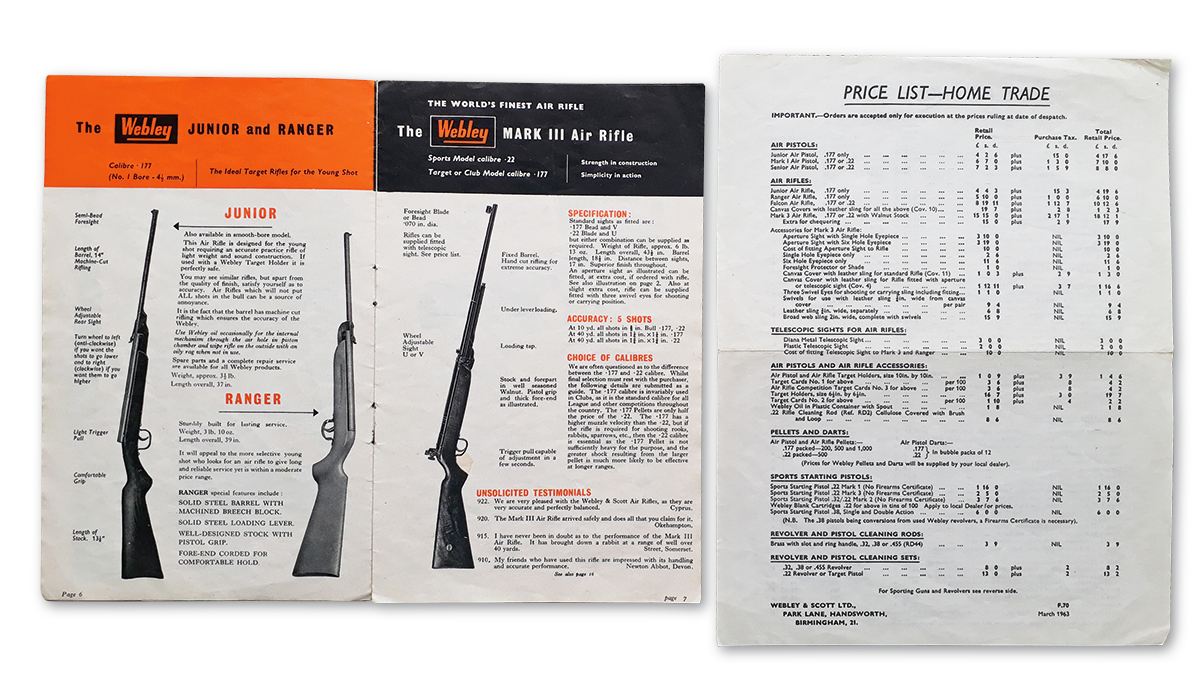
This 1962 brochure and 1963 price list were obtained at the time by Phil’s father – the Mk3 cost £18 12s 6d – roughly £330 in today’s money
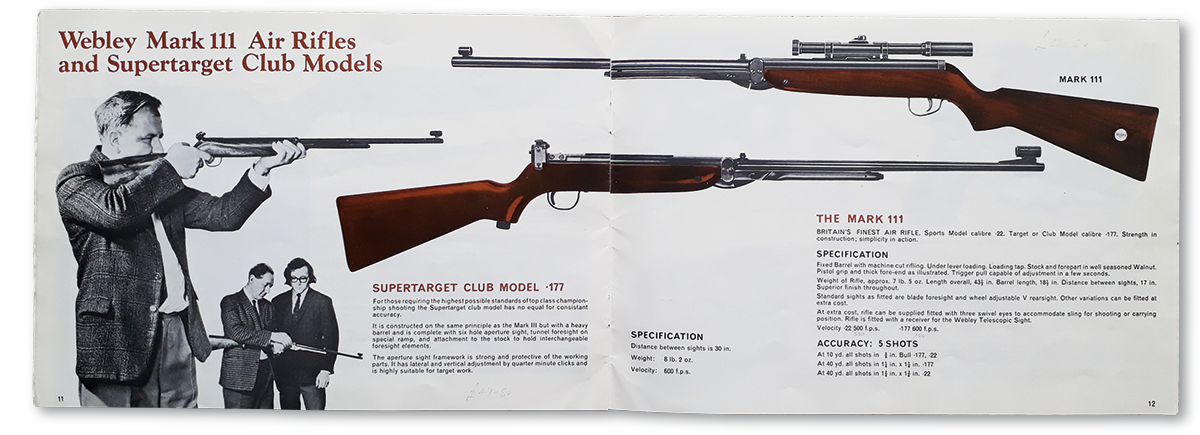
This brochure dating from 1973 shows a standard Mk3 and a Supertarget Club model
Ideally the pressure will be held until the tap is closed with an audible resultant rush of air. Slight leakage at the tap will not affect performance. The tap must, however, align exactly with the aperture through which the pellet is inserted and hence the barrel bore.
The underlever should be straight and sit parallel to the barrel when closed (this may not be the case if the lever has been released during cocking and has slammed home under pressure from the mainspring). If stripping the rifle then be aware that the stock locating plug, into which the front trigger guard screw is driven, is screwed into the trigger block with a left-hand thread.
Further stripping is much like most spring air rifles. The cylinder end plug is threaded and must be carefully unscrewed to remove the mainspring and piston. It is advisable to use a sash cramp for safe dismantling and reassembly. The piston head is very conventional with a leather cup washer – the phosphor bronze piston washers of the Mk2 were dropped for three reasons: the M&G Model 45 used a leather washer, this required less tight tolerances for the piston body and cylinder bore, and the leather retained lubricant better (so less problems with owners using too thin or too little oil as had sometimes occurred with the MK2). Again, most parts are available from airgunspares.com. I have encountered a .177 Mk3 where pellet debris had fallen back through the transfer port into the cylinder and been subsequently hammered into the cylinder end by the piston head.
Such problems are surmountable with patience and care.
The market is fickle so that it is hard to give indicative prices, but as a very rough guide, expect to pay from £300 for a rough Mk2 Service with one barrel and in need of work.
Near mint, with all three barrels and in a Webley fitted case, the price rises by a factor of 10 or more. For a nice, usable Mk3, perhaps £150 rising to £430 for a truly mint 1957 to 61 model, more for 1947 to 48 double pull trigger models. Supertarget models will be priced higher than standard models of the same age. Buy privately for best value or from a dealer for peace of mind.
In summary, both the Webley Mk2 Service and the Webley Mk3 are superbly made, delightful, classic air rifles. Buy a good one, overhaul it sympathetically and you will be rewarded by a rifle that will give great satisfaction once mastered and provide an heirloom for future generations
Related articles
News
Anti-grouse shooting petition crushed by MPs who don't even shoot
Wild Justice's petition to ban driven grouse shooting was quashed in Westminster Hall yesterday, with all but one MP opposing the ban
By Time Well Spent
News
A sound decision as moderators to be taken off licences
The Government has finally confirmed what the shooting community has long argued – that sound moderators should be removed from firearms licensing controls
By Time Well Spent
Manage Consent
To provide the best experiences, we use technologies like cookies to store and/or access device information. Consenting to these technologies will allow us to process data such as browsing behavior or unique IDs on this site. Not consenting or withdrawing consent, may adversely affect certain features and functions.
Functional Always active
The technical storage or access is strictly necessary for the legitimate purpose of enabling the use of a specific service explicitly requested by the subscriber or user, or for the sole purpose of carrying out the transmission of a communication over an electronic communications network.
Preferences
The technical storage or access is necessary for the legitimate purpose of storing preferences that are not requested by the subscriber or user.
Statistics
The technical storage or access that is used exclusively for statistical purposes.
The technical storage or access that is used exclusively for anonymous statistical purposes. Without a subpoena, voluntary compliance on the part of your Internet Service Provider, or additional records from a third party, information stored or retrieved for this purpose alone cannot usually be used to identify you.
Marketing
The technical storage or access is required to create user profiles to send advertising, or to track the user on a website or across several websites for similar marketing purposes.

